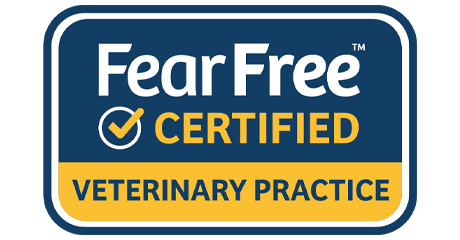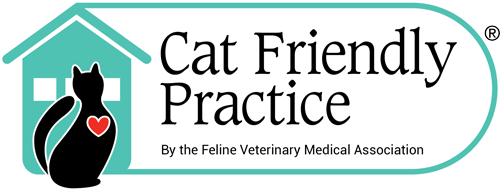Echocardiography
Dr. Petsche successfully completed an intensive six-month echocardiogram course at the Academy of Veterinary Imaging in collaboration with GE Healthcare. This specialized training equips our practice with advanced capabilities in cardiac imaging, ensuring the highest standard of care for your beloved pets.
Dr. Petsche’s expertise includes state-of-the-art techniques in echocardiography, allowing for precise diagnosis and comprehensive assessment of cardiac health. This certification underscores our commitment to excellence in veterinary medicine, offering your pets the most advanced diagnostic and therapeutic options available in a Fear Free environment.
What Is Echocardiography?
Echocardiography is a specialized ultrasound technique used to visualize the heart’s structure and function in real time. It is a safe, non-invasive, and highly informative diagnostic tool widely used in both human and veterinary medicine. The procedure involves a hand-held probe that emits high-frequency sound waves, which reflect off the heart and surrounding tissues. These echoes are captured by the probe to create a moving image of the heart.
Different types of echocardiography provide valuable insights, including:
- 2D/3D Echocardiography: Shows the shape and structure of the heart walls, chambers, and valves
- Doppler Echocardiography (color, pulsed, and continuous wave): Evaluates blood flow direction and speed
- Tissue Doppler Imaging: Assesses the movement speed of the heart
How Can I Tell If My Pet Has Heart Disease?
Some pets with heart disease may show symptoms such as coughing, difficulty breathing, fatigue, or fainting. However, other pets may have no visible symptoms, and heart disease may first be suspected during a physical exam if a heart murmur or irregular rhythm is detected. Routine screening is also common for breeds predisposed to heart disease or prior to breeding.
How Does Echocardiography Help Diagnose Heart Disease?
Echocardiography provides real-time images of the heart, allowing a cardiologist to evaluate how well the heart muscle is contracting, how the valves are functioning, and whether there are any internal abnormalities.
While this is the most effective tool for evaluating the heart’s structure and function, additional tests may be needed, such as:
- Chest X-rays to assess for fluid in the lungs (a sign of congestive heart failure)
- Electrocardiogram (ECG) to check the heart’s electrical activity
- Blood pressure measurements
- Blood tests





